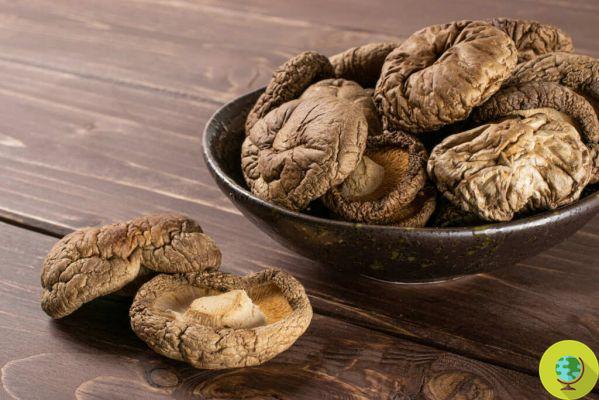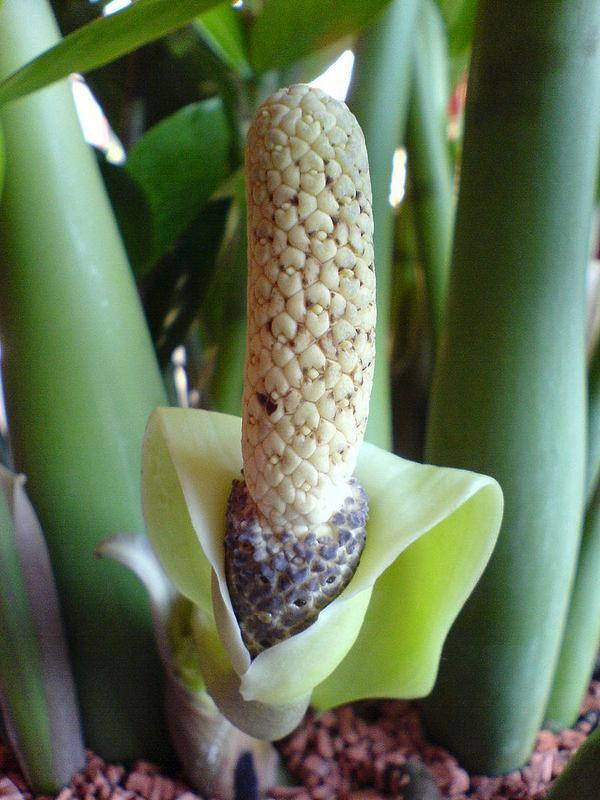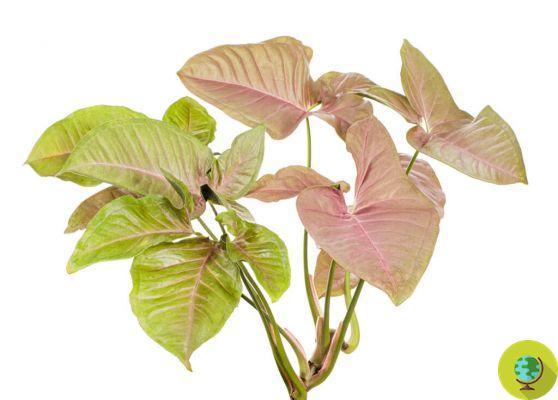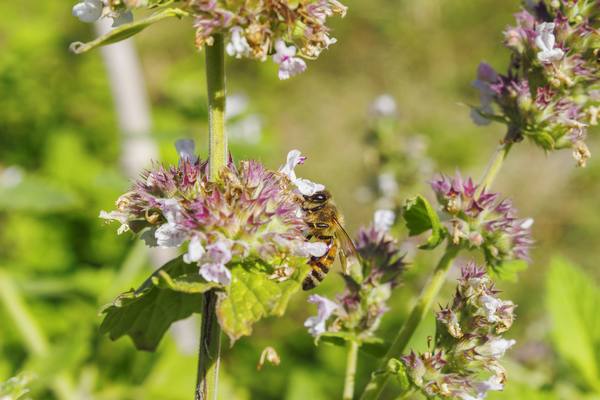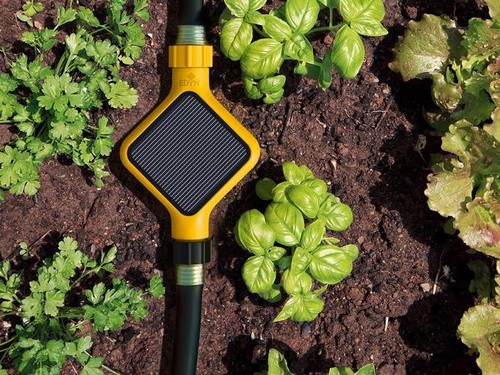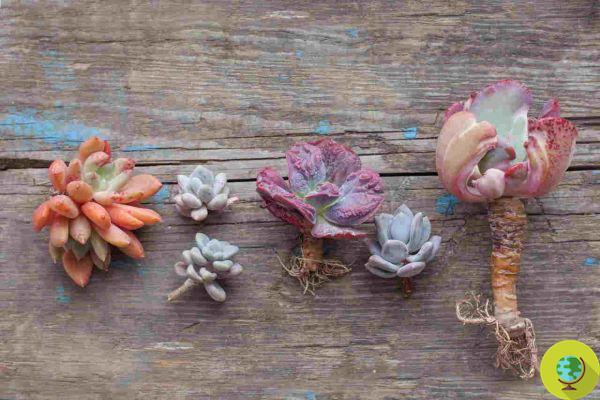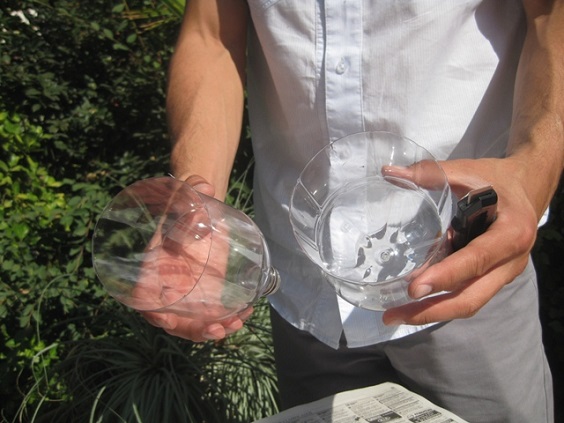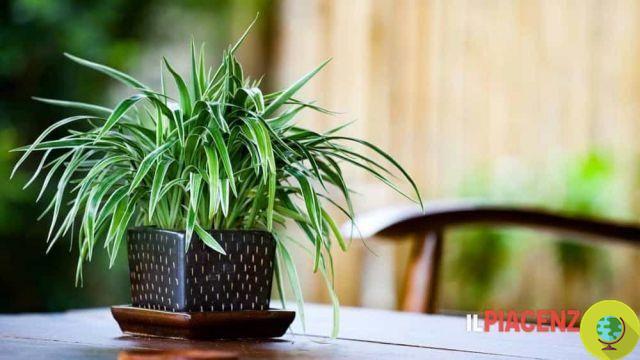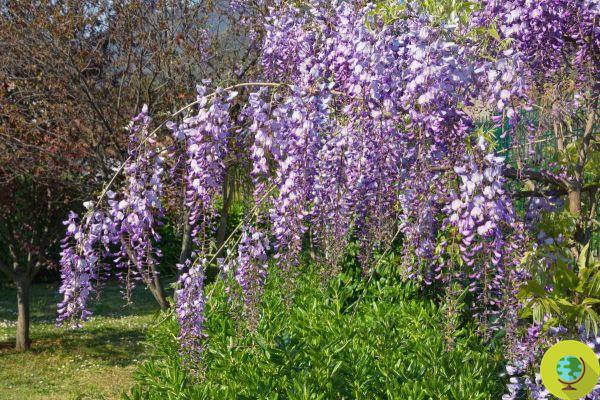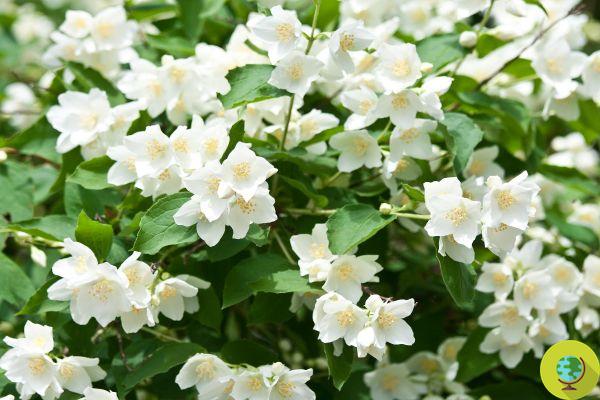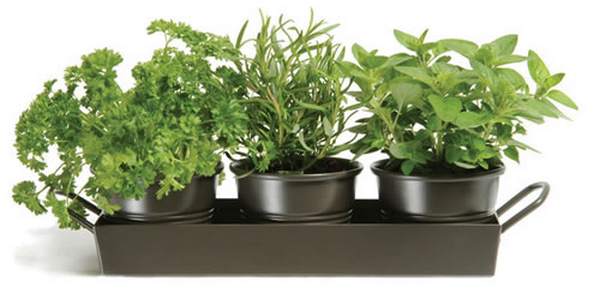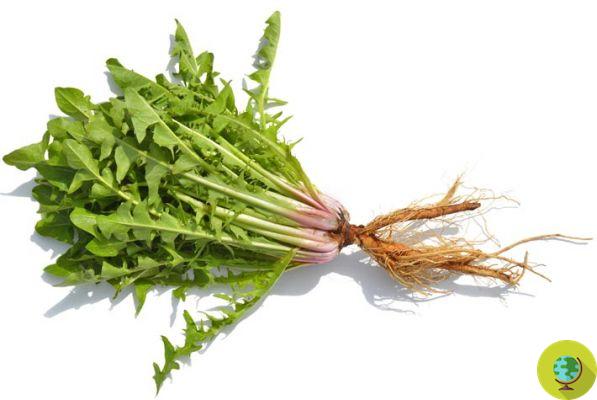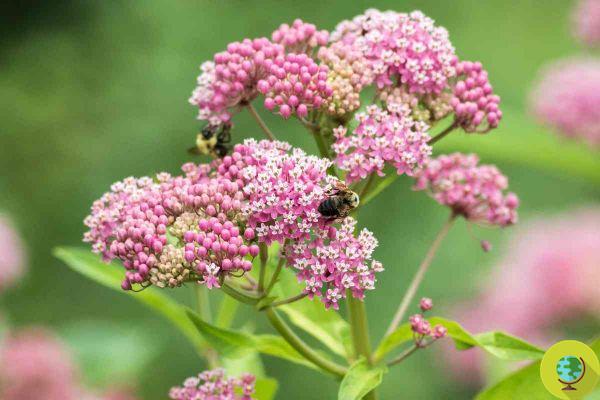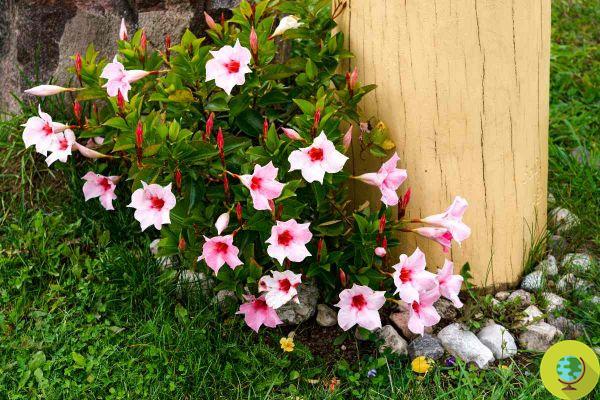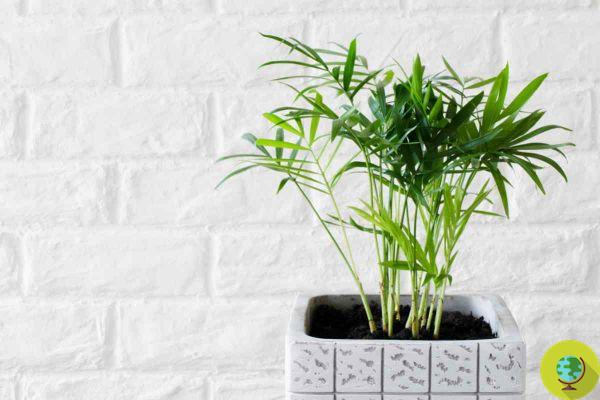Let's see together how to cultivate and take care of dipladenia, the climbing ornamental plant, the new star of the balconies.
He is about to end up run over, his mother saves himHow to grow and take care of dipladenia, the most popular climbing ornamental plant
La dipladenia, incorrectly known as mandevilla is an evergreen ornamental plant native to tropical America and belonging to the Apocinaceae family. Dipladenia is easy to grow, prune and care for, especially on the balcony.
Dipladenia has oval, opposite, glossy leaves of a beautiful dark green and during the summer season produces splendid Colorful flowers from white to red. Thanks to the flowering and habit of this plant, balconies, terraces and gardens can be embellished and enchanting corners can be created.
With simple tricks it is possible cultivate dipladenia in an apartment, in the garden or in tubs to be placed on the balcony. Thanks to the climbing habit of this plant, characteristic pergolas can be created to shade balconies and terraces in the summer months or to have more privacy in the open spaces of the house.
Index
Grow dipladenia indoors, in the garden or in pots
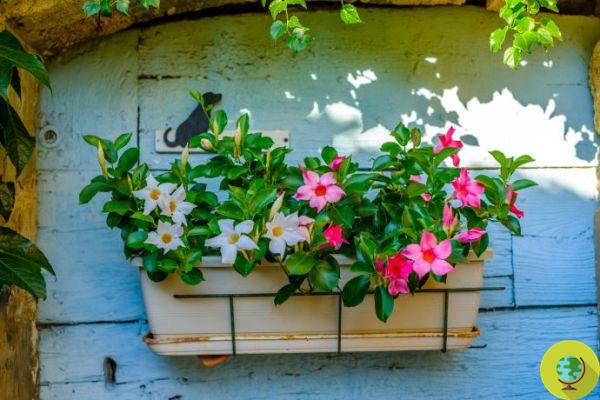
Dipladenia is one climbing ornamental plant which can be grown indoors, in the garden or in pots.
There are several varieties of mandevilla (almost 200 species) and some are more suitable for growing indoors, such as Dipladenia rosea, others are more suitable for growing outdoors, such as Dipladenia williamsii.
In general, dipladenia loves the mild climate and does not tolerate temperatures that are too rigid or too high.
Being a climbing plant, dipladenia can be grown by placing a suitable support nearby or, alternatively, it can be grown as a hanging plant.
Climate and exposure of dipladenia
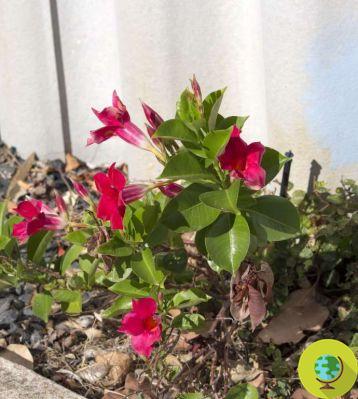
Dipladenia loves mild temperatures and bright places. The ideal temperature for the growth and development of dipladenia is around 21°C, therefore in the summer months it can be placed in the sun only in areas where the summer is mild, otherwise it is better to protect it in the shade.
During the cold months the dipladenia must be kept around between 10 and 14 ° C, therefore in winter it is advisable to shelter the plant in a cool place, away from domestic heating and harsh external temperatures. The ideal is to place the dipladenia inside the stairs, if well illuminated by natural light.
Flowering of dipladenia
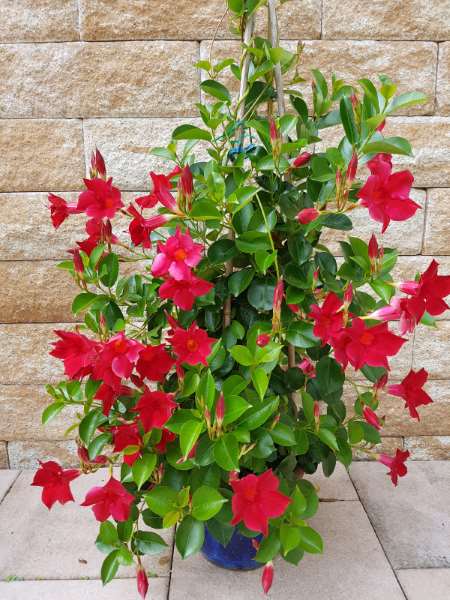
dipladenia it blooms in late spring and flowering lasts all summer, until autumn. The flowers of dipladenia are funnel-shaped to small to medium in size. The different varieties of dipladenia produce different colored flowers: you can find plants with red, pink or even white or yellow flowers.
To obtain abundant blooms during the summer, dipladenia should be placed in cool places during the winter.
Type of soil for dipladenia
Il ideal terrain for the development of dipladenia is a mixture of garden soil, leaves, peat and sand. The soil must also be rich in organic substances to nourish the plant, therefore it is advisable to add humus or fertilize the soil especially during spring and summer. Finally, the soil must be well drained.
When to water dipladenia
In spring and especially in summer the dipladenia goes watered frequently, letting the soil dry out between one watering and the next. Dipladenia can withstand short periods of drought but has little tolerance in dry environments. The ideal is to place a saucer with wet gravel and steam the leaves with water at sunset.
At the end of summer and throughout the winter, watering can be reduced and dipladenia can be watered sporadically.
When to prune dipladenia
Dipladenia should be pruned during vegetative rest, therefore in autumn. The pruning of dipladenia can take place to eliminate woody branches or to give the desired shape to the plant.
Pruning the branches of dipladenia will favor, for example, the lateral growth of the plant, useful if the lower part is more bare.
To prune dipladenia it is advisable to wear gloves, as the white latex that comes out of the stem wounds can irritate the skin.
How to multiply dipladenia
To multiply dipladenia plants, the cutting, taking the lateral shoots or branches. Generally, about ten centimeters of branch or shoot are sufficient. The cutting should be done in spring on the shoots and in summer on the oldest branches.
The branches and shoots should be placed in containers with peat and sand and placed at about 20 ° C, in a ventilated environment. It is necessary to maintain the right humidity of the soil to allow rooting, which will take place in about a month. The new seedlings can be placed in pots or in the open ground after the roots have been emitted.
You may also be interested in how to grow:





